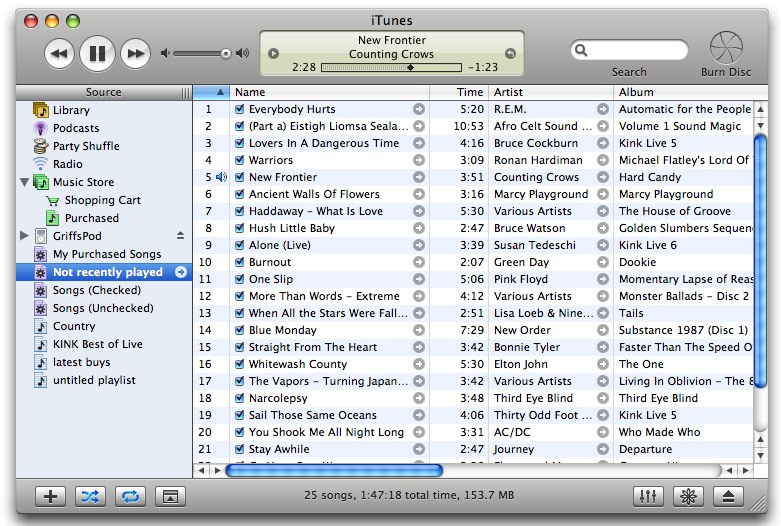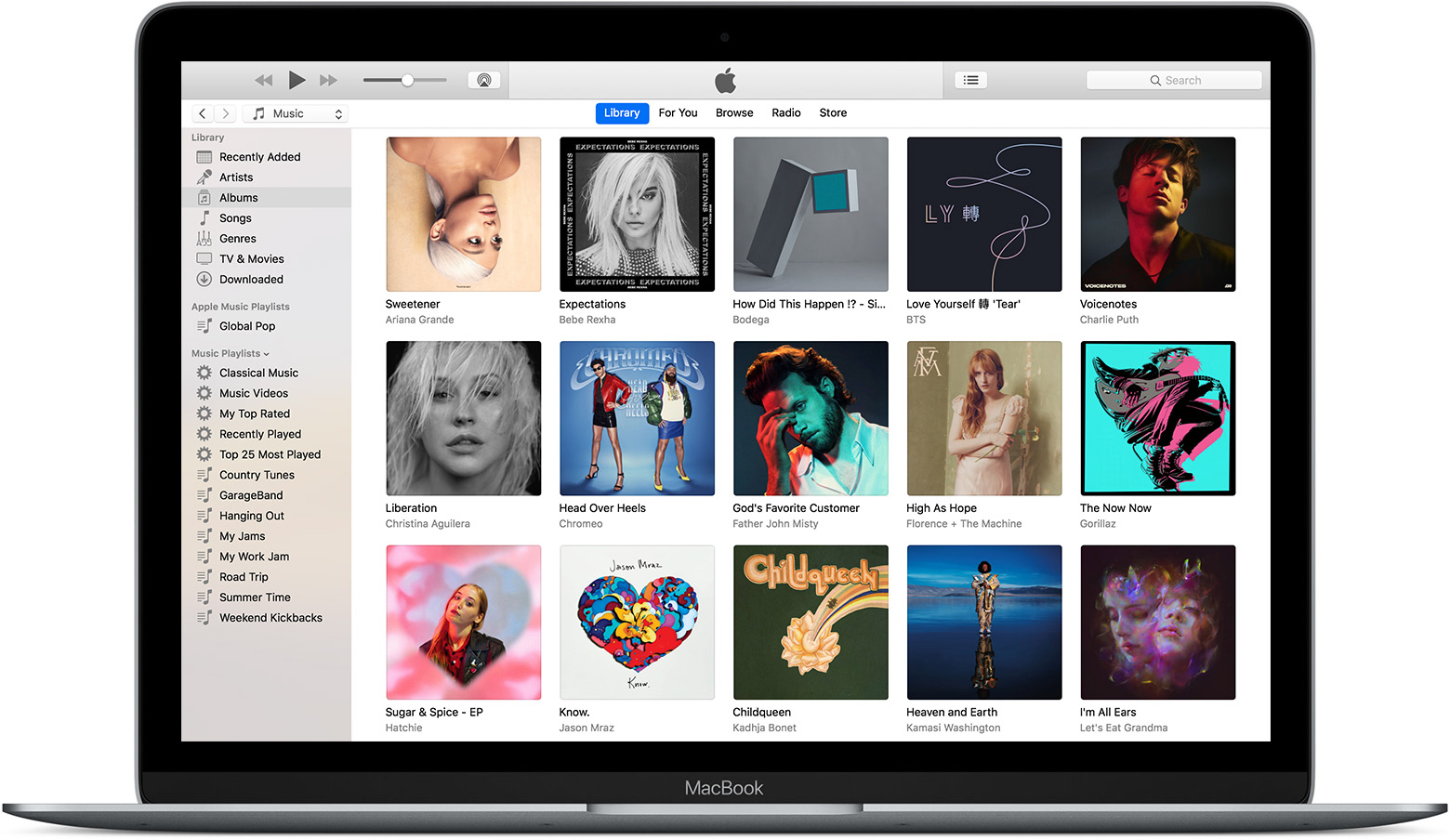
After the conversion is complete, iTunes places the original WMA file in the Not Added folder.
#Where is my itunes music stored pc windows#
iTunes for Windows only: When placing WMA files in the “Automatically Add to iTunes” folder, iTunes converts these files to an iTunes-compatible format and adds them to the iTunes library.Do not move this folder or use an alias or shortcut to redirect iTunes to look in a new location. This feature requires the folder to be in the same location as your iTunes Music or iTunes Media folder.This can result in incomplete or duplicate content. Do not use the “Automatically Add to iTunes” folder to store partial recordings, imports, or temporary files.If you add files to this folder when iTunes is closed, iTunes analyzes and adds them the next time you open iTunes. While iTunes is open, files are immediately analyzed and added to your iTunes library when you add files to this folder.That means you’ll need to occasionally review the contents of this folder and delete or convert these files. iTunes does not delete files from the Not Added folder. According to Apple’s Knowledge base, the Not Added folder organizes incompatible files in folders indicating the date and time iTunes attempted to add these files. If iTunes runs into a file or folder that is in an incompatible format or one that iTunes has trouble reading, it will kick it out into another folder called “Not Added”. Finally, just because you have the folder, doesn’t mean everything you put in it will be added to the library.

The folder should be Automatically Add to iTunes. If you choose to add it manually, be sure to create the folder with the exact name and capitalization that iTunes expects.

I copied some of the items from Apple’s knowledge base article on Understanding the Automatically Add to iTunes folder. There are some additional tips and tricks you’ll want to be aware of as you use the folder.


 0 kommentar(er)
0 kommentar(er)
